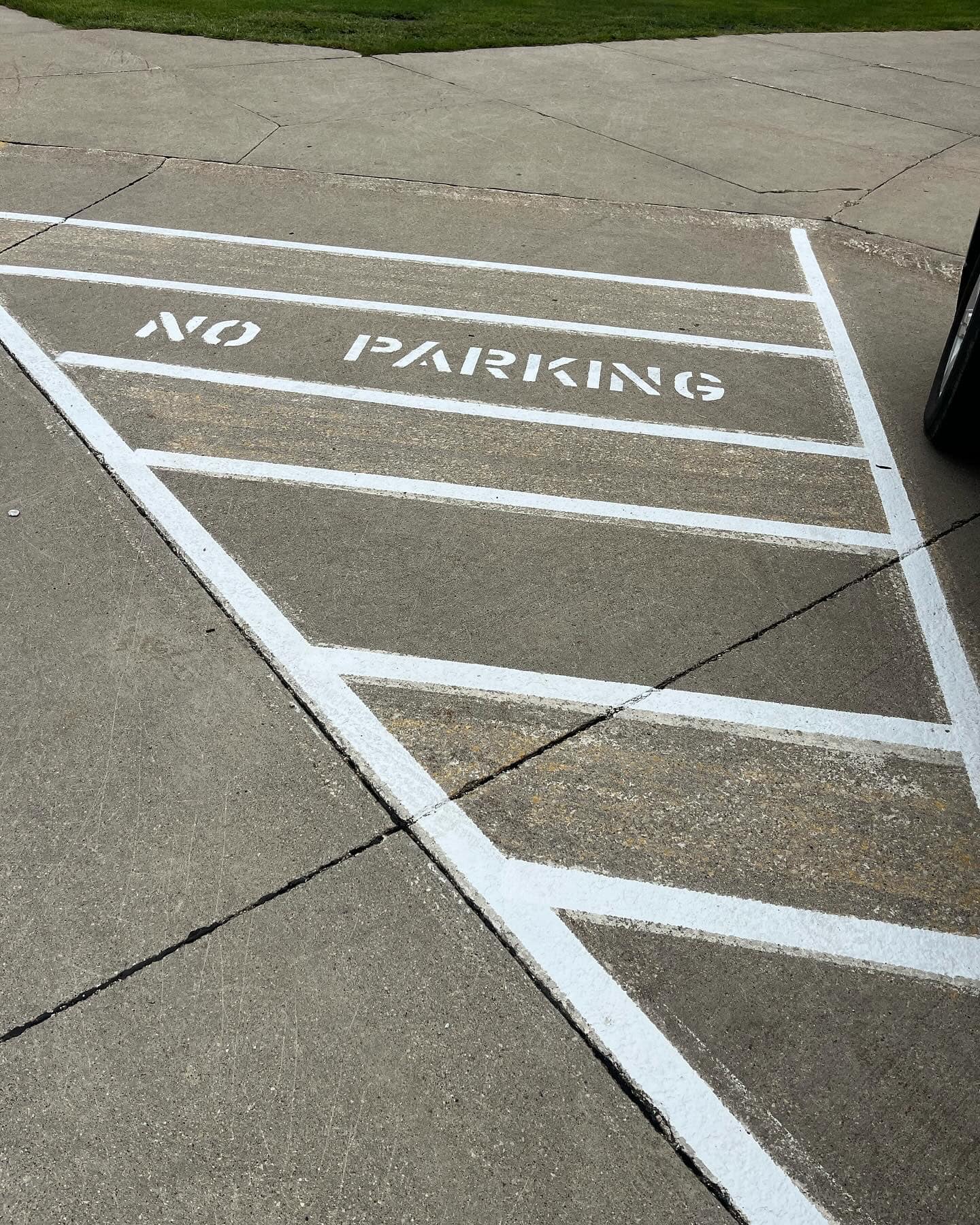
The Evolution of Line Striping: Past Innovations and Future Trends Nov 15, 2025
In the early days, road markings were rudimentary. Hand-painting lines with brushes was commonplace, a labor-intensive process lacking consistency. As traffic patterns became more complex with the proliferation of automobiles in the 20th century, the need for more permanent and reliable road markings grew. This led to the introduction of machines designed to apply paint evenly and efficiently. These early machines marked a pivotal shift, offering a uniform solution that reduced human error and increased the speed of application.
The latter half of the 20th century saw further advancements with the introduction of thermoplastic road markings. Developed to withstand heavy traffic and harsh weather conditions, thermoplastic offered a longer-lasting alternative to paint. These durable lines enhanced visibility and safety, setting a new standard for what effective line striping could achieve.
With the advent of globalization and technology, new materials and methods began to emerge. Epoxy and polymer tapes started gaining popularity as these offered quick solutions with noticeable durability and reflective qualities, crucial for nighttime visibility. Such innovations aligned with growing safety standards and regulations worldwide, emphasizing the importance of maintenance services provided by companies like Midwest Line Striping LLC.
In recent years, environmental concerns have influenced materials and techniques used in line striping. Eco-friendly paints and sustainable materials are gaining traction as cities and companies address the environmental impacts of industrial processes. The demand for sustainable solutions has led to the development of water-based paints and other environmentally friendly materials, underscoring the push for innovation within the industry.
Looking to the future, technological advancements promise further enhancements to line striping. One exciting development is the integration of automated vehicles in line marking processes. These systems use robotic precision to apply markings consistently, reducing human labor and increasing efficiency. Additionally, smart line striping technologies that incorporate sensors and IoT devices are being explored. These innovations aim to provide real-time data on road conditions and wear and tear of the lines, enabling more proactive maintenance strategies.
Moreover, the concept of augmented reality (AR) and smart roads is beginning to influence the field. As autonomous vehicles become more prevalent, roads will likely evolve to interact seamlessly with these technologies. Smart line striping will not only guide human drivers but will also communicate with vehicle systems to enhance navigation and safety.
In conclusion, the evolution of line striping illuminates a fascinating journey of innovation, driven by the demands of safety, efficiency, and sustainability. Amidst these changes, Midwest Line Striping LLC continues to adapt, bringing the best of these advancements to their clients. Whether it's adopting environmentally friendly practices or integrating cutting-edge technologies, the future of line striping looks bright, promising continued improvements in road safety and infrastructure. Embracing these trends will ensure that both companies and communities reap the benefits of these innovations for years to come.
/filters:no_upscale()/media/2c031641-a0d0-4e89-bc55-4be7ce5af741.jpg)